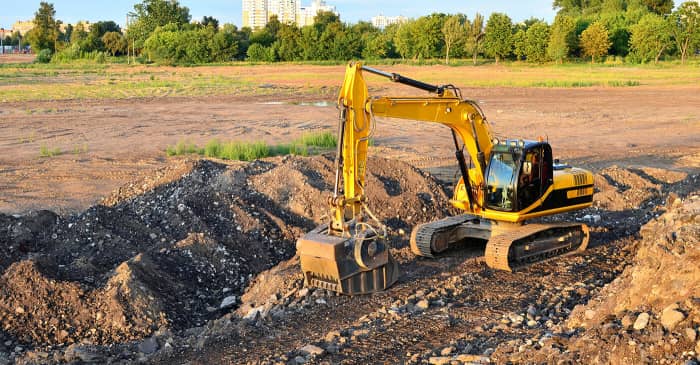Excavator Rentals
Excavator Rentals
Get pricing & availability from local rental companies:
Set Location for Rates
Set Location for Rates
Searching 13 Excavator rental sizes across rental companies.
13 Ton Excavator
Daily (National Average):
$864
15 Ton Excavator
Daily (National Average):
$867
18 Ton Excavator
Daily (National Average):
$1,065
20 Ton Excavator
Daily (National Average):
$1,104
25 Ton Excavator
Daily (National Average):
$1,009
 If it’s available, DOZR finds it.We search all suppliers near you to source your equipment on-time for the right price.How DOZR Sources Equipment
If it’s available, DOZR finds it.We search all suppliers near you to source your equipment on-time for the right price.How DOZR Sources Equipment Flexible cancellation.In case you need to cancel your order, let us know as soon as possible to avoid cancellation fees.Cancellation Policy
Flexible cancellation.In case you need to cancel your order, let us know as soon as possible to avoid cancellation fees.Cancellation Policy We deliver your equipment where you need it, when you need.Simply set your delivery preferences in checkout and our team will handle the logistics.Delivery & Transportation
We deliver your equipment where you need it, when you need.Simply set your delivery preferences in checkout and our team will handle the logistics.Delivery & Transportation Equipment service.Breakdowns happen; we get you repairs or replacements fast to minimize downtime. The DOZR Team is available Mon–Fri between 8am and 5pm EST for any and all...Learn More
Equipment service.Breakdowns happen; we get you repairs or replacements fast to minimize downtime. The DOZR Team is available Mon–Fri between 8am and 5pm EST for any and all...Learn More Control your rentals with ease.After your order is placed, you can easily access and manage the rental, like extending and off-renting, right from the confirmation email.Managing Your Rental
Control your rentals with ease.After your order is placed, you can easily access and manage the rental, like extending and off-renting, right from the confirmation email.Managing Your Rental Need attachments?Buckets, thumbs, forks, augers – simply specify what you need in Checkout and The DOZR Team will make it happen.Attachments & Requests
Need attachments?Buckets, thumbs, forks, augers – simply specify what you need in Checkout and The DOZR Team will make it happen.Attachments & Requests More Questions?Our FAQ has answers.
More Questions?Our FAQ has answers.
30 Ton Excavator
Daily (National Average):
$1,682
35 Ton Excavator
Daily (National Average):
$1,695
50 Ton Excavator
Daily (National Average):
$1,708
60 Ton Excavator
Daily (National Average):
$2,800
80 Ton Excavator
Daily (National Average):
$2,353
Long Reach Excavator in
Daily (National Average):
$2,243
Wheeled Excavator in
Daily (National Average):
$1,383
Recommended Excavator Guides
The Ultimate Excavator Spec Guide
Specs and sizes for every model from the most popular excavator brands in North America.
Excavator Weight & Spec Comparison ChartThe Best Excavator Attachments for Demolition
Make sure you are carefully considering your project requirements to choose the best attac...
Excavator AttachmentsExcavator vs Mini Excavator: Which One Should You Choose?
Check out this blog for a spec, use case, and cost comparison of excavators and mini excav...
Excavator vs mini excavator comparisonComparing All Excavator Brands: Your Guide to Making the Right Choice
With so many major excavator brands in North America it can be hard to pick which supplier...
Compare The Best Excavator BrandsSimilar Equipment
Learn More About Heavy Construction Equipment
5 Steps to Renting an Excavator
Renting an excavator or any other type of construction equipment for the first time? Learn the basics of renting an excavator in 5 simple steps.
Read Article
Operating an Excavator on a Slope: 5 Tips and Tricks
Operating an excavator or any other machine on a slope can be dangerous. It's important to take the time to do so safely. Here are 5 tips for operating an excavator safely on a hill.
Read Article
Unusual Construction Machines: Spider Excavators, Dumphoes and More
The construction industry is more than dozers and skid steers. Get to know some of the more unusual types of construction equipment.
Read Article
Refund Policy
DOZR offers refunds within 24 hours if the equipment does not meet the specifications that were transacted on. Equipment rented on DOZR can be returned at any time by emailing equipment@dozr.com, and no further rental charges will be charged after the equipment is off-rented.
